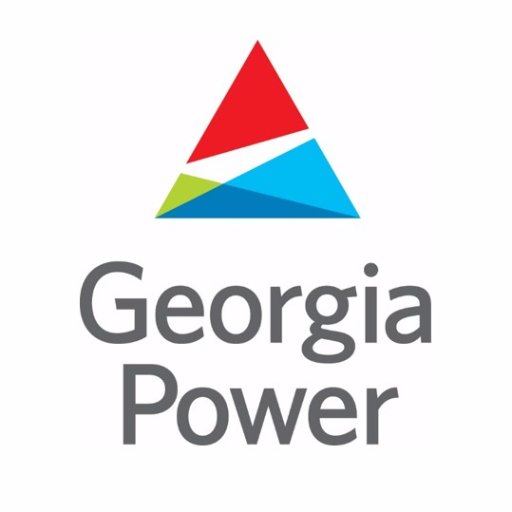Part Two of Two Parts (Please read Part One first)
Last year, Georgia Power was required to file documentation with the Georgia state utility regulators to explain the billions of extra dollars that they have had to spend on the reactor project to date. Georgia Power provided over one thousand pages to the regulators.
Westinghouse had a very complex project plan with over one hundred and fifty thousand tasks. There was not enough slack built into the schedule. When milestones were missed, there was no extra time to catch up later. Westinghouse was building the new AP1000 reactor design so there were no experienced vendors who had built the design before. And the nuclear industry is highly demanding when it comes to quality control. Frequent design changes affected the schedule as well as poor work from Shaw Modular Solutions that had to be redone. Their new facility at Lake Charles, LA was the origin of a lot of problems.
There were many changes to the project from both the contractors and the regulators. Special teams were formed by both of the major contractors including a “modular recovery team” at Westinghouse and the “Fit It Now” team from Shaw. These teams attempted to identify and solve small problems before they evolved into big problems that seriously impacted the whole project. Georgia Power eventually told the vendors that their performance on modular and submodule quality control was not acceptable.
The agreement with the vendors was called a fixed/firm contract. The vendors formed a consortium and agreed to take more of the risk because Georgia Power was trying to restart the nuclear power construction industry in the U.S. One problem with this arrangement was that the vendors were under pressure to prioritize cost control over safety, quality and schedule.
The consortium had to cover the cost of most of the rework which kept piling up. This caused financial problems. The consortium also issued multiple change orders to the original contract which were disputed by Georgia Power. Disputes also broke out between vendors. Many of these disputes eventually became lawsuits. By 2015, there were over one thousands engineering and design changes that were in suspended and in dispute.
A broad settlement agreement finally ended the lawsuits between the contractors and the utilities. Westinghouse bought Chicago Bridge & Iron Company nuclear construction business and became Vogtle’s prime contractor. Fluor Corporation was contracted to help manage the new schedule which was supposed to bring the new Vogtle reactors to the Georgia power grid by 2020.
The project is still four years behind schedule. A May 5th, 2017 document from Georgia Power listed problems that still exist in meeting project milestones. These problems include poor contractor planning, late shipments from vendors, bad quality control at contractors and bad communications.
Southern Company’s nuclear unit and Georgia Power are now taking direct control of the Vogtle reactor project. They are assessing the costs of continuing construction of one or both of the new AP1000 reactors. Toshiba just announced that it will provide three billion six hundred million dollars to the Vogtle project as its bankrupt subsidiary, Westinghouse, withdraws from the project.
I have blogged that nuclear reactor construction projects are often poorly managed. I wish that I could say that the Vogtle problems were an exception but they are not. I am afraid that the nuclear industry renaissance in the United States is over.
